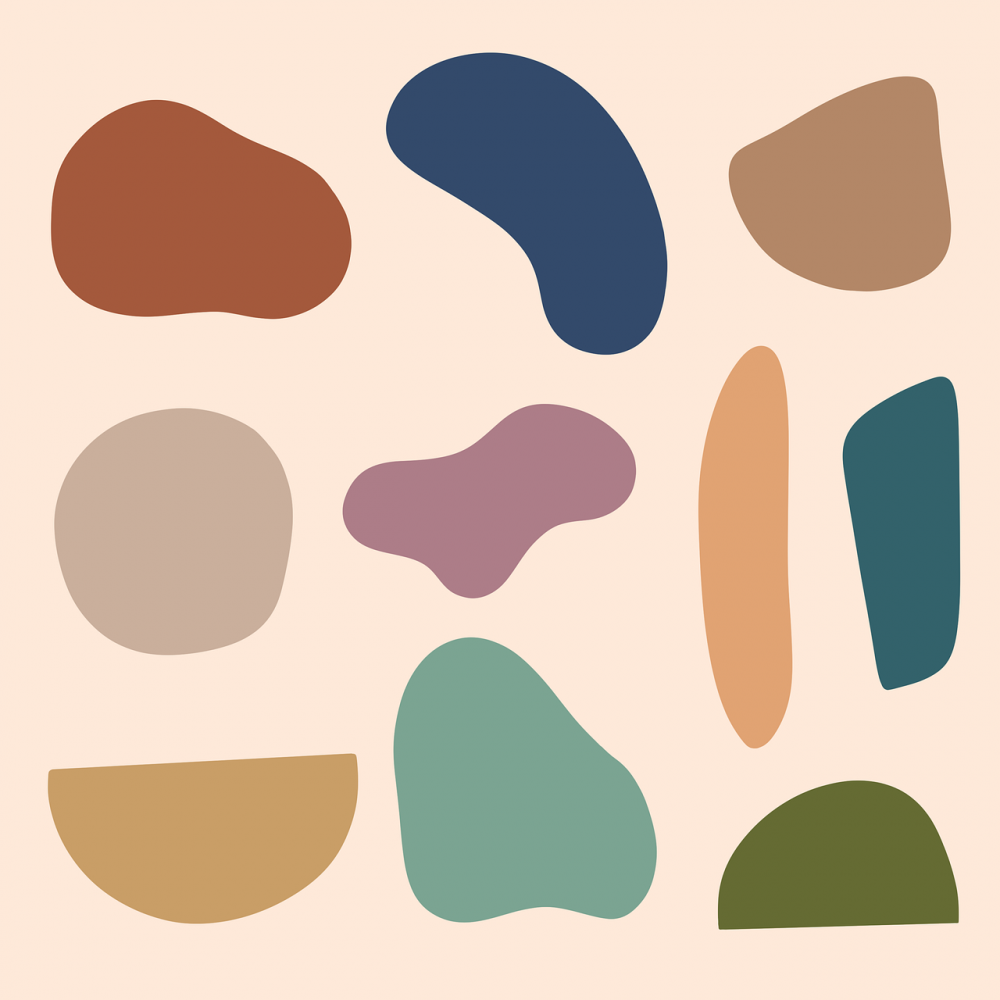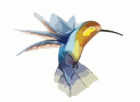Scandinavian Design: The Timeless Elegance of Nordic Style

Introduction
Scandinavian design is a term that has gained global recognition for its minimalist and functional approach, capturing the essence of Scandinavian lifestyle and culture. It is renowned for its simplicity, clean lines, and focus on practicality without sacrificing beauty. In this article, we will delve into the world of Scandinavian design, exploring its origins, characteristics, popular types, and historical context.
Understanding Scandinavian Design

Scandinavian design encompasses various elements that make it unique and appealing. It celebrates simplicity, functionality, and minimalism, placing emphasis on natural materials, light colors, and open spaces. Clean lines, uncluttered spaces, and the use of natural light are typically integral to the design’s aesthetic. It aims to create harmonious environments that evoke a sense of calm and tranquility.
Scandinavian design is not limited to a specific field but extends to various sectors such as furniture, architecture, fashion, and industrial design. In terms of furniture design, it is renowned for its functionality and timeless elegance. Popular pieces include iconic designs like the Arne Jacobsen Egg Chair and the Poul Henningsen PH Lamp.
Popular Types of Scandinavian Design
Within Scandinavian design, there are different sub-styles that cater to varying tastes and preferences. These include:
1. Nordic Minimalism: This sub-style focuses on simplicity and clean lines, prioritizing basic shapes and neutral color palettes. It embraces the concept of ”less is more” and emphasizes functionality in its design.
2. Rustic Scandinavian: Inspired by the natural beauty of the Nordic landscapes, this sub-style incorporates earthy tones, organic materials, and textures to create warm and inviting spaces. It often features wooden furniture with a weathered appearance and traditional patterns.
3. Scandinavian Modern: Combining minimalism with a touch of modernity, this sub-style features sleek lines, innovative materials, and contemporary design elements. It embodies the concept of functional beauty and is often associated with iconic mid-century pieces.
Quantitative Measurements of Scandinavian Design
The impact of Scandinavian design can be measured in various ways. Here are some key quantitative indicators:
1. Global recognition: Scandinavian design has garnered international acclaim, with numerous awards and exhibitions showcasing its influence. Its presence in renowned design fairs and exhibitions, such as Stockholm Design Week and Milan Design Week, demonstrates its relevance and popularity.
2. Market demand: The global market for Scandinavian design products continues to grow, reflecting the strong demand for its aesthetics and functionality. Sales figures of Scandinavian furniture and home decor items indicate a steady increase in popularity.
3. Online presence: A quick search on popular e-commerce platforms reveals a wide range of Scandinavian design products available. The number of online stores and websites dedicated to Scandinavian design is a testament to its widespread appeal.
Distinguishing Different Approaches to Scandinavian Design
While Scandinavian design shares common characteristics, there are subtle variations between countries. Sweden, Denmark, and Norway, the main contributors to the movement, each have their distinctive styles:
– Swedish design often emphasizes minimalism and simplicity, with a focus on functionality. The use of light colors and natural materials is prevalent.
– Danish design places an emphasis on craftsmanship and detailing. It combines functionality with organic forms and often incorporates innovative materials.
– Norwegian design draws inspiration from its stunning landscapes, incorporating natural materials and earthy tones. It focuses on creating cozy, warm environments.
A Historical Overview of Pros and Cons in Scandinavian Design
Scandinavian design has had its share of advantages and challenges throughout history. Let’s explore some of the key factors:
Advantages:
– Timelessness: Scandinavian design has proven to withstand the test of time, remaining relevant and desirable for decades.
– Functionality: The emphasis on practicality and usability ensures that Scandinavian design products are not only aesthetically pleasing but also serve a purpose.
– Sustainability: The use of natural and sustainable materials contributes to a more eco-friendly approach to design.
Challenges:
– Mass production: As Scandinavian design gained popularity, there was a risk of dilution in quality due to mass production. However, efforts have been made to preserve craftsmanship and maintain high standards.
– Affordability: High-quality Scandinavian design can come at a premium price, limiting accessibility to a broader audience. Some argue that this exclusivity undermines the movement’s egalitarian ideals.
Conclusion
Scandinavian design has captured the hearts of people worldwide with its timeless elegance, functionality, and simplicity. From furniture to architecture, it has left an indelible mark on the design world. By embracing natural materials, minimalism, and open spaces, Scandinavian design continues to enchant and inspire.
Whether you prefer the Nordic minimalism, rustic charm, or sleek modernism, Scandinavian design offers a variety of styles to suit different tastes. Its global recognition, market demand, and distinct regional differences speak to its enduring appeal.
As we navigate an ever-changing world, the essence of Scandinavian design continues to provide a haven of tranquility and beauty, creating harmonious spaces that stand the test of time.











